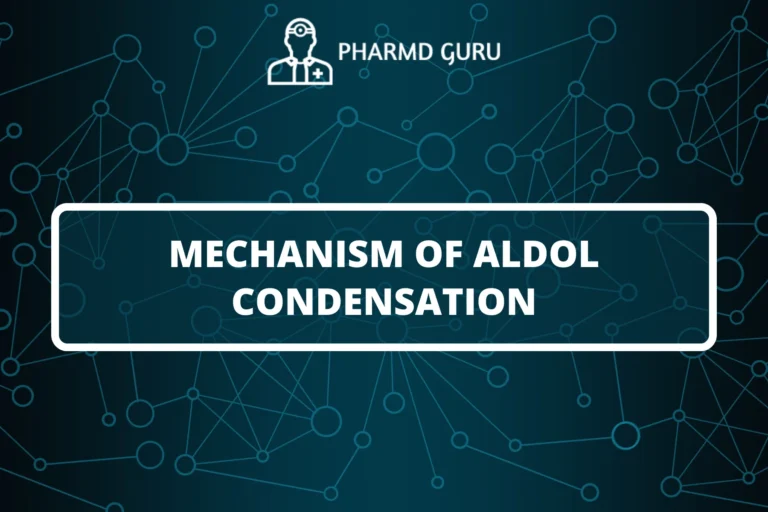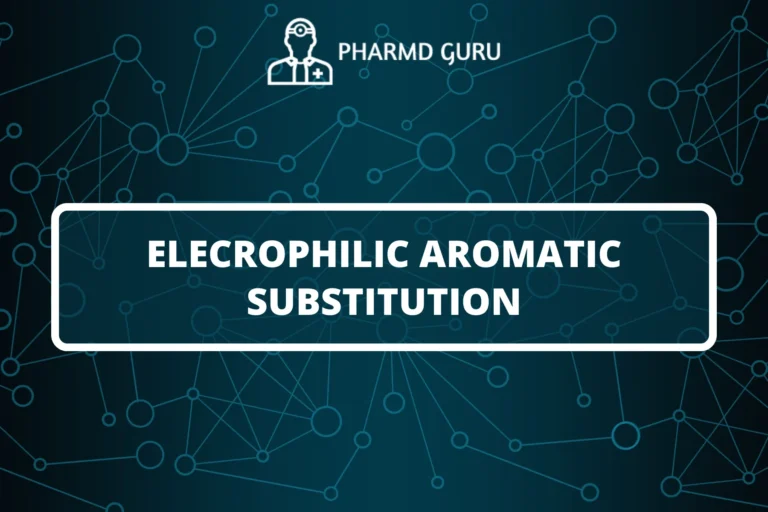
BENZOIN CONDENSATION
The benzoin condensation is a carbon-carbon bond-forming reaction in organic chemistry that involves the condensation of two molecules of an aldehyde, typically aromatic aldehydes, to form a benzoin compound. The reaction is named after the product it forms, which is…








